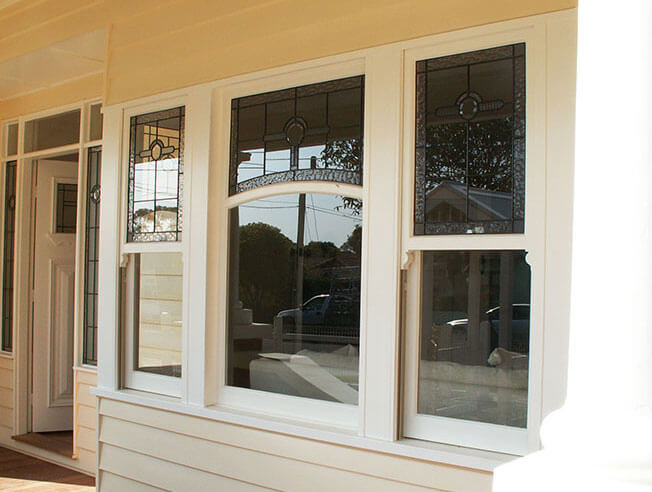All Categories
Featured
Table of Contents
What Are The Advantages Of Double Glazed Windows? in Woodvale WA
That window can send more solar heat in winter than in summer. A west-facing window on a summer's afternoon has an angle of incidence from near 0 approximately 30 with a large effective location of solar radiation. A north-facing window, in summer season, has a high angle of incidence and a low efficient location of solar radiation, so can transmit less heat than a west-facing one.

But you can rapidly and quickly enhance the thermal efficiency of your home by changing your windows. This is one of the most effective methods of remodelling to attain better thermal comfort. There are thousands of kinds of glass and frames to select from. Choosing the best ones is essential to enhancing the energy performance of your home.
Save Energy With Double Glazed Windows in Beckenham WA
Single glazing with clear glass is not really efficient when it comes to heat loss or gain. To enhance efficiency, you can use single glazing with a more energy-efficient type of glass such as low emissivity (low-e) glass.
The energy efficiency of IGUs likewise depends on: the properties of each layer of glass. Different glass types (for example, clear and low-e glass) can be put together in an IGU.
Diy Double Glaze in Kewdale WA
IGU cavities can be filled with air or a more inert, low-conductivity gas such as argon the width of the cavity. Cavity thickness is usually 6 to 18mm. Wider cavities offer lower (better) U values, with 12mm generally accepted as the favored gap how well the cavity is sealed. Cavities must be dry and well sealed to prevent wetness getting in.
If argon is installed to the cavity in place of air, wetness is dependably omitted the level of desiccant (drying representative). The spacer (metal or polymer strip) that separates the glass layers includes a desiccant to absorb any wetness. Insufficient desiccant might cause moisture to condense on the glass surface in cold conditions, reducing thermal performance.
Insulated Glass Unit – Igu in Woodvale Western Australia
In fact, IGUs can provide better energy performance for all environments, especially in heated and air-conditioned homes. Cross-section information of single, double and triple-glazing units Low emissivity glass (frequently called low-e glass) decreases heat transfer. Low-e glass may be either high or low transmission: High transmission low-e glass has a coating that enables daylight from the sun to pass into your home to achieve good solar heat gain, however reduces the amount of the long wavelength infrared heat that can escape back through the window.
Low-e glass has either a pyrolytic covering or a vacuum-deposited thin movie metal finishing. Pyrolytic finishings are resilient and can be utilized for any glazing; vacuum-deposited finishings are soft and are just utilized within IGUs. Low-e finishings can substantially enhance both U worth and SHGC; however, they need to be utilized correctly or they will either deteriorate or stop working to perform as required.
Benefits Of Double Glazing Low-e in Neerabup Perth
Low-e finishes can be used in combination with clear, toned or reflective glass. Low-e coverings on glazing can reduce heat transfer where needed Image: Department of Industry, Science, Energy and Resources Toned glass has actually colouring ingredients consisted of during manufacture. It is available in different colours, generally bronze, grey, blue and green.
Table of Contents
Latest Posts
Reglazing Single Glazed Windows With Double Glazed Units in White Gum Valley Western Australia
Replacement Double Glazing - Upvc Windows in Kingsley Perth
Energy Efficiency With Double Glazed Windows 2023 in Como Perth
More
Latest Posts
Reglazing Single Glazed Windows With Double Glazed Units in White Gum Valley Western Australia
Replacement Double Glazing - Upvc Windows in Kingsley Perth
Energy Efficiency With Double Glazed Windows 2023 in Como Perth